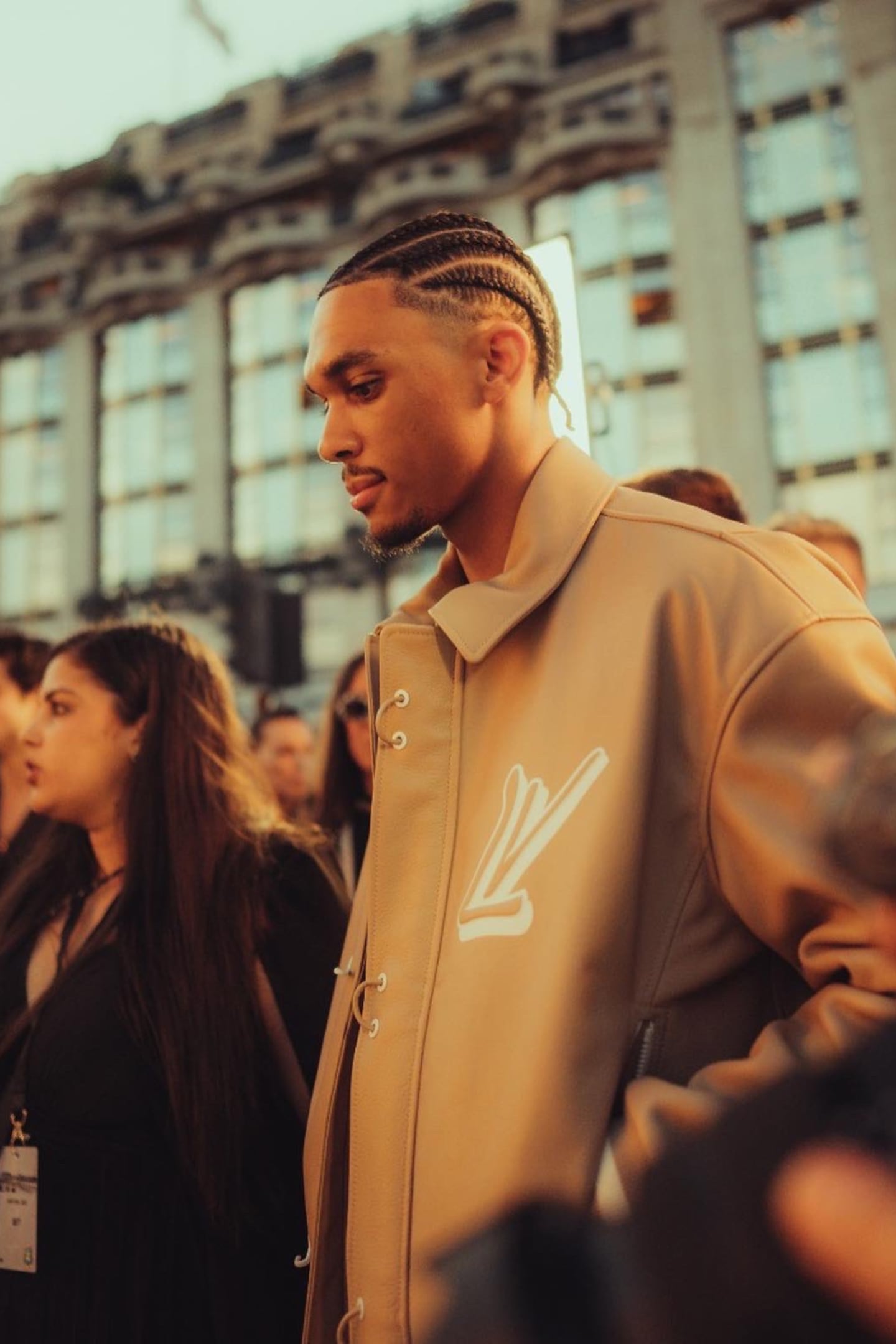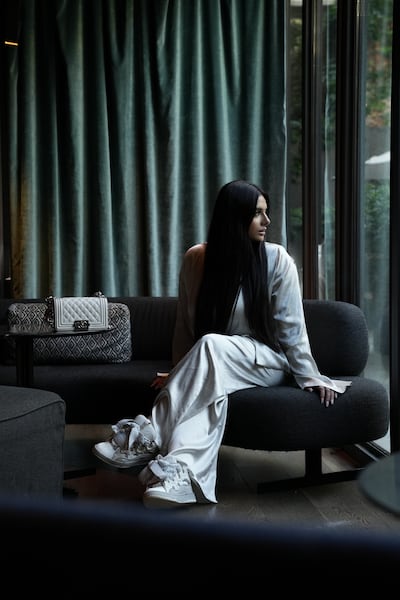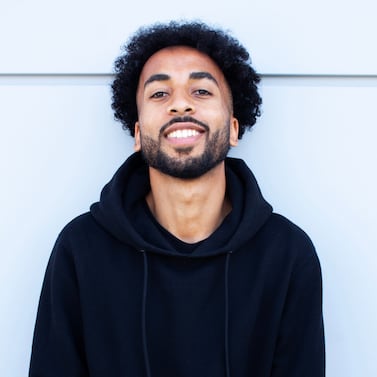
The Business of Fashion
Agenda-setting intelligence, analysis and advice for the global fashion community.

Agenda-setting intelligence, analysis and advice for the global fashion community.

It’s no surprise to see the likes of LeBron James and Lewis Hamilton mingle with the stars at Paris Fashion Week. But lately, even rookies and unfamiliar athletes in niche sports have found their way to the front rows of Louis Vuitton and Moncler.
The brands are happy to have them: Emerging athletes can serve as effective brand ambassadors, as the proliferation of streaming and social media has allowed them to cultivate international followings.
For athletes, an endorsement deal with a luxury brand could be a lucrative second revenue stream and can help develop their commercial prospects long beyond their sporting career. Attending shows — and being seen as a fashion insider — is an important first step.
At Louis Vuitton’s men’s show in June, Marcus Rashford of Manchester United Football Club shared a red carpet moment with Kim Kardashian. Track star Alica Schmidt has walked the runway for Hugo Boss at Milan Fashion Week twice.
ADVERTISEMENT
Later this month, rising French rugby player Cameron Woki is expected to attend the Sacai and Botter runway shows at Paris Fashion Week, and track-and-field athlete Elodie Clouvel will attend that of Patou, according to Frederic Vilches, co-founder of Paris-based sports-fashion agency L’AM.

As the fashion and sports industries continue to converge, it will likely become the norm to see all types of athletes flock to fashion weeks, especially in June when many leagues are in their off-season.
“Brands need athletes in their universe,” said Nayaab Tania, founder of London-based agency 9inety6ix. “They’re ready-made ambassadors who wear a brand’s clothing because they genuinely love it, and can have more of an organic influence than content creators whose job it is to be there.”
Tania’s firm provides a range of services to elite Europe-based footballers and rappers, including image consultancy, personal shopping, editorial placements and procuring invites to fashion shows. She placed Rashford and fellow Premier League footballer Saïd Benrahma at the Moncler Genius showcase in London last year. This month, seven of Tania’s clients will attend shows across Milan and Paris.
Whereas in the past, athletes were seen only at the biggest brands, today they’re also looking to attend shows of smaller, indie brands and emerging designers as a way of cementing their fashion-insider status. In June, at Pitti Uomo — fashion’s nerdiest menswear convention typically reserved for industry insiders like buyers and sales agents — NBA player Myles Turner attended ERL’s runway show before heading to shows in Milan and Paris.
Fashion’s deepening ties with sport has given rise to a fast-growing network of start-up agencies and image consultants such as Tania and Vilches — many of whom are former sportspeople or agents themselves — dedicated to bridging the gap between the two industries, acting as vital conduits between athletes and fashion brands.
Former US national team footballer Danny Williams is one such person. Since retiring from football three years ago, Williams has quickly built a reputation for his fast-growing, Paris-based streetwear label, Beautiful Struggles. His experience has made him well placed to help fashion brands navigate working with athletes, whilst simultaneously aiding sportspeople make connections in the fashion industry. In June, he worked alongside fellow former footballer-turned-creative director David Bellion to take popular German footballer Leroy Sané around Paris Fashion Week, sitting front row at shows such as Kenzo and Taiwanese menswear label Namesake.
Demand for these kinds of services is soaring, as more athletes — and more brands — are looking to work together during fashion week.
ADVERTISEMENT
“I’m now in conversations weekly with footballers from all over, asking me how to get invites to certain shows, how they can begin to break into the fashion industry and work with brands,” Williams said.
While big-name athletes are increasingly interested in attending the shows of indie brands, established labels are also looking beyond sports like basketball and football to work with less conventional athlete names.
Discovering lesser-known, successful athletes from niche sports with small but engaged audiences is becoming more of a priority as brands get savvier about the world of sport, said Vilches, who also counts Olympic champion judoka Teddy Riner among his clients.
In the eyes of some fashion houses, there is as much value in “discovering” an emerging talent with an inspiring story rather than breaking the marketing budget to sign a popular athlete who already works with several brands, Vilches explained.
“When you work with Hermès, for example, they do not care how many followers an athlete has or the size of their online audience,” he said. “It’s more about how their image, their career achievements and their discipline fit with what the brand wants to reflect,” he said.
Vilches and his team work on “image architecture” for such athletes, helping to position them as fashion tastemakers over two to three years, directing the content they post on social media, the events they attend, the brands they wear, and educating them on the fashion industry to transform them into ideal partners in the eyes of brands.
“Cameron Woki is the perfect example of the work we do,” Vilches said. “When we first started working with him, he was unknown outside of rugby in France. Now he has a great relationship with Jonathan Anderson and Loewe and sits front row at fashion week.”
Working with athletes at fashion week, however, is not all smooth sailing.
ADVERTISEMENT
This month, the men’s shows in Milan and Paris will feature fewer athletes than in June, because it falls right in the middle of most professional sports seasons.
“For brands, understanding how intense these players’ lifestyles, training regimes and media commitments are on a daily basis, is essential if you want to work with them,” said Tania. “A lot of the time they can’t make engagements at the last minute, because of changes mandated by their team or a competition.”
Aside from getting to grips with athletes’ relentless schedules, brands must also understand the added complications of working with athletes in certain sports, such as football, where fan culture can sometimes influence the boundaries of a player’s social life.
This time last year, German footballer Serge Gnabry of Bayern Munich found himself taken out of the team starting the next game — and labelled by his sporting director as “amateurish” — after he made the short trip from Munich to Paris on his day off to attend the fashion week shows of KidSuper and Namacheko. Several of the comments under his Instagram post showing off his front row looks demonstrated the tension athletes still face when exploring their interests in fashion. “Please don’t play with the team if [you] continue to do this,” one comment read; another user demanded “more football, less lifestyle,” with a series of angry-face emojis.
“Sometimes if an athlete or their club isn’t performing well, we literally cannot put any brand work out on their social media because of the negative reaction it will get from fans,” Tania said. “It’s common that entire projects are scrapped because of it.”
But times are changing, albeit slowly, as sporting organisations increasingly embrace collaboration with the fashion industry.
“Perceptions of the role of athletes have changed massively in the last two to three years,” said Williams, the former footballer, who alongside David Bellion recently co-founded Ultra, an agency designed to help fellow athletes boost their profile and secure commercial opportunities in the creative industries. “The culture that was pioneered by athletes in the NBA and NFL has helped both brands and fans realise the potential of sportspeople beyond their day jobs.”
NBA stars and footballers are increasingly leaning on a network of powerful style consultants to help them shape their personal brands away from their day jobs, laying the groundwork for lucrative brand deals.
High-profile athletes used to make money by inking licensing deals with retailers that use their names on jerseys and shorts. Today, sports stars like Russell Westbrook and Megan Rapinoe are launching their own labels, with full financial and creative control.
Capitalising on sport’s soaring commercial and cultural relevance is becoming a primary focus for fashion brands. Winning sports-marketing strategies today hinge on building long-term, collaborative partnerships with athletes and organisations that resonate with a brand’s target consumers, as experts in BoF’s latest case study explain.

Daniel-Yaw Miller is Senior Editorial Associate at The Business of Fashion. He is based in London and covers menswear, streetwear and sport.
The Coach owner’s results will provide another opportunity to stick up for its acquisition of rival Capri. And the Met Gala will do its best to ignore the TikTok ban and labour strife at Conde Nast.
The former CFDA president sat down with BoF founder and editor-in-chief Imran Amed to discuss his remarkable life and career and how big business has changed the fashion industry.
Luxury brands need a broader pricing architecture that delivers meaningful value for all customers, writes Imran Amed.
Brands from Valentino to Prada and start-ups like Pulco Studios are vying to cash in on the racket sport’s aspirational aesthetic and affluent fanbase.